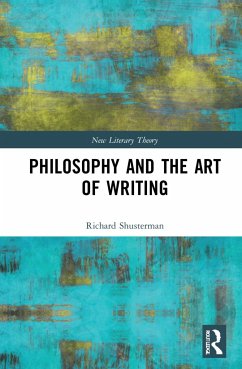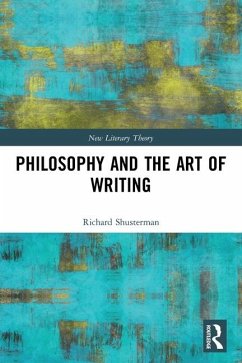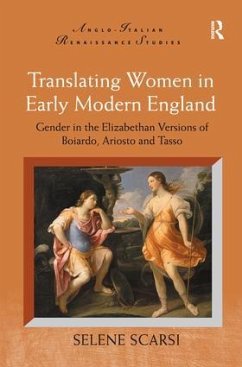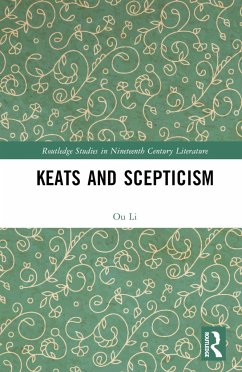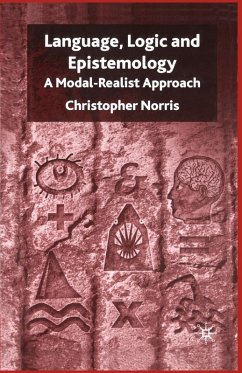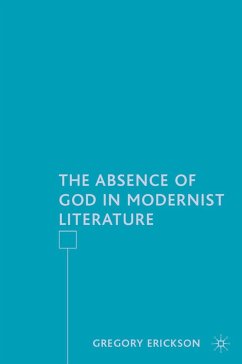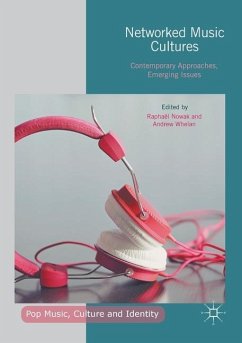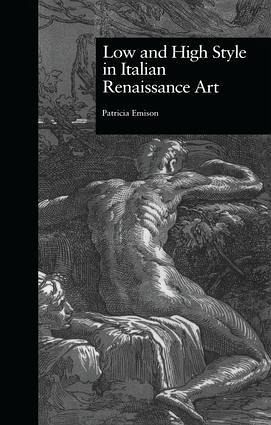
Low and High Style in Italian Renaissance Art
Versandkostenfrei!
Versandfertig in 6-10 Tagen
47,99 €
inkl. MwSt.
Weitere Ausgaben:

PAYBACK Punkte
24 °P sammeln!
During the later 15th and in the 16th centuries pictures began to be made without action, without place for heroism, pictures more rueful than celebratory. In part, Renaissance art adjusted to the social and economic pressures with an art we may be hard pressed to recognize under that same rubric-an art not so much of perfected nature as simply artless. Granted, the heroic and epic mode of the Renaissance was that practiced most self-consciously and proudly. Yet it is one of the accomplishments of Renaissance art that heroic and epic subjects and style occasionally made way for less affirmativ...
During the later 15th and in the 16th centuries pictures began to be made without action, without place for heroism, pictures more rueful than celebratory. In part, Renaissance art adjusted to the social and economic pressures with an art we may be hard pressed to recognize under that same rubric-an art not so much of perfected nature as simply artless. Granted, the heroic and epic mode of the Renaissance was that practiced most self-consciously and proudly. Yet it is one of the accomplishments of Renaissance art that heroic and epic subjects and style occasionally made way for less affirmative subjects and compositional norms, for improvisation away from the Vitruvian ideal. The limits of idealizing art, during the very period denominated as High Renaissance, is a topic that involves us in the history of class prejudice, of gender stereotypes, of the conceptualization of the present, of attitudes toward the ordinary, and of scruples about the power of sight Exploring the low style leads us particularly to works of art intended for display in private settings as personally owned objects, potentially as signs of quite personal emotions rather than as subscriptions to publicly vaunted ideologies. Not all of them show shepherds or peasants; none of them-not even Giorgione's La tempesta -is a classic pastoral idyll. The rosso stile is to be understood as more comprehensive than that. The issue is not only who is represented, but whether the work can or cannot be fit into the mold of a basically affirmative art.




